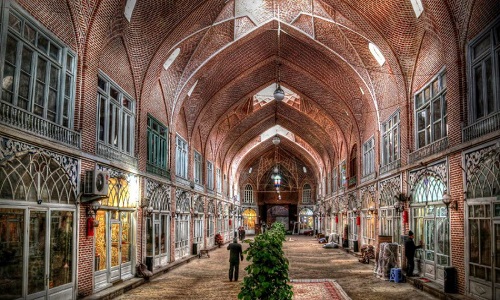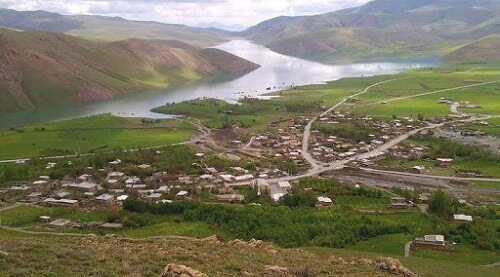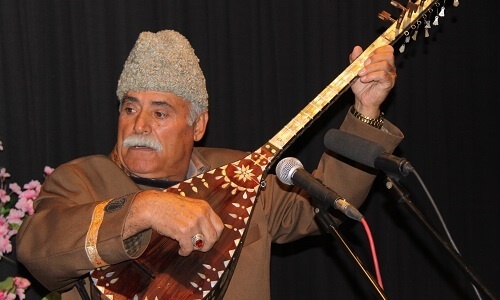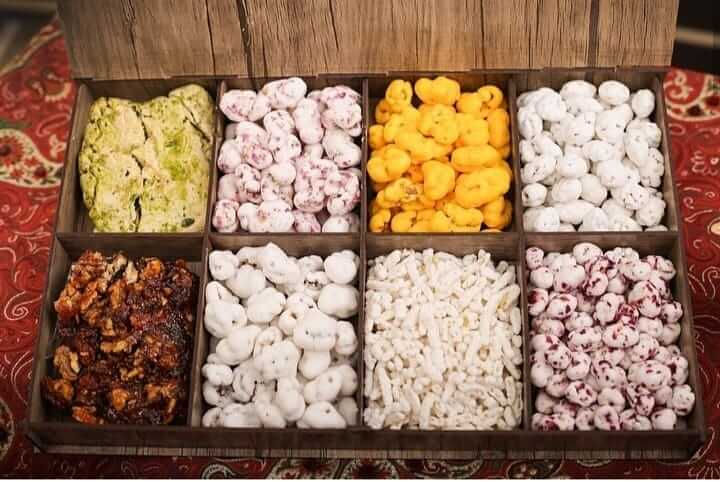Urmia is one of the metropolises of Iran as the capital of West Azerbaijan province, with a height of 1332 meters in the west of Lake Urmia, located on the slopes of Mount Sir and in the middle of the plain of Urmia. Ur in Assyrian means city and Mi means water. In fact, Urmia in Assyrian means “water city”. At the beginning of the Pahlavi period, the name of this city was renamed Rezaieh due to Reza Shah’s interest in it, and after the Islamic Revolution, it was renamed Urmia. Among Azerbaijanis, the city is known as Urmi. Dar al-Neshat, Iran’s paris, the city of water, the city of religions, sects and tribes are the titles of Urmia.
Urmia History
Urmia is one of the oldest cities in Iran and many believe that this city was created 2,000 years before the birth of Jesus Christ. Urmia is one of those cities in Iran that has seen many important and influential historical events over the years. The city has even been captured by Russian and Ottoman invading forces at some durations of history. One of the factors influencing the importance of Urmia is the location of this city on the roads of highways such as Asia Minor, the Caucasus and Mesopotamia, and therefore many merchants and traders have passed through it. This has led to the importance of this region. Before the advent of Islam, Urmia has been one of the areas under Urartu command in ancient times that was a civilization in the Iron Age. About the Urartian, they have common ancestry between Armenians and Georgians and have ruled these areas for about 2,100 years, from 1,500 BC and 600 AD. Of course, we have to say about the people of Urmia that although they were considered Urartian, in the end, as their Assyrian name suggests, they were very much influenced by the Assyrians. After the arrival of Islam in the land of Iran, this city has gone through different histories with the coming and going of different governments, and in line with its richness, it has increased the originality of its region more than before. Of course, you should know about the history of this city that the ownership of this region between Iran, Russia, Ottoman and Armenia lasted for a long time until the situation of this city was finally proved in the contemporary period and during the Pahlavi regime. Urmia has always been introduced as one of the religious centers after the emergence of Islam.
Urmia Geographical location
This city is located 20 km from Lake Urmia and at an altitude of 1332 meters above sea level.Urmia is located in the plain of Urmia, which is surrounded by heights such as Sir Mountain, Qiz Qala Mountain, Jahudha Mountain, Chehel Mar Martyrs Mountain, Mah Mountain, Ali Panjeh Si Mountain and Ali iman Mountain. In fact, the city of Urmia is located between Lake Urmia and the western mountains of the province
Weather
The climate of Urmia with an average temperature of 9.8 degrees Celsius is almost hot in summer and cold in winter. The rainy season starts in late Mehr(mid-october) and early Aban (late October) and continues until Khordad(june). The frosty days of Urmia are 19 days in November, 27 days in December, 30 days in January, 28 days in February, 14 days in March and 6 days in April. In total, 120 days of the year are frozen in Urmia. The average wind speed in Urmia is 10.5 meters per second; in May and March with 16 meters per second, the maximum wind speed and February with 7 meter per second have the minimum wind speed.
Economy of Urmia
Urmia, because of being located on trade routes, has been a customs point for the export and import of goods from Iran to other places and vice versa. Also, Urmia is a place for buying and selling agricultural and nomadic products of the people around this city. The type of agricultural products in this region, especially in the city of Urmia, has made this province be of particular importance. The city’s extensive grape and apple orchards are well-known and attract the attention of every tourist in the summer.
People of Urmia
Urmia is a multi-ethnic city with different religions and sects. The majority of the people of Urmia are Azerbaijani Turks, as well as a minority of Kurds, Christians (Assyrians and Armenians). This area has long been home to various tribes and religions. The majority of the city of Urmia is composed of Azeri Turks and minority is Kurds and Assyrian and Armenian Christians. Azerbaijanis make up about 90 percent of Urmia’s population and 10 percent of the rest.
Azerbaijani Turks hold festivals and ceremonies such as Nowruz, Eid al-Qorban, and etc.., like other Iranian ethnic groups, with minor differences. Ashiqi music is one of the characteristics of the Turkic-speaking people of the world who have different trainings in Iran. In the meantime, according to experts and masters of this art, Urmia School of Ashiqi is the most original and oldest school of Ashiqi in the world that has maintained its originality until today. Also, Ashighi music has a different and unique style. This art and culture of Azerbaijan was nationally registered in the cultural heritage of Azerbaijan after the efforts and competition of Ashiqi provinces It was nationally registered in the name of west Azerbaijan and city of Urmia.
Traditional Foods and Souvenirs
The traditional foods of Urmia are so delicious that if you travel to this city, you will definitely gain some weight. These foods include:
yogurt soup, Gozlmeh, Urmia stew, chicken meatballs, Urmia brine, Izatma, cabbage soup, Bastikh, Grape tree leaves Dolma (Kind of food), bulgur soup
The most famous souvenirs of Urmia are various types of Noql (a kind of sweet which made of sugar) such as Bidmashk Noql, saffron Noql and rose flower Noql. But other souvenirs of the city include persimmons, walnut halva, traditional sweets such as sujuq and traditional bread


















